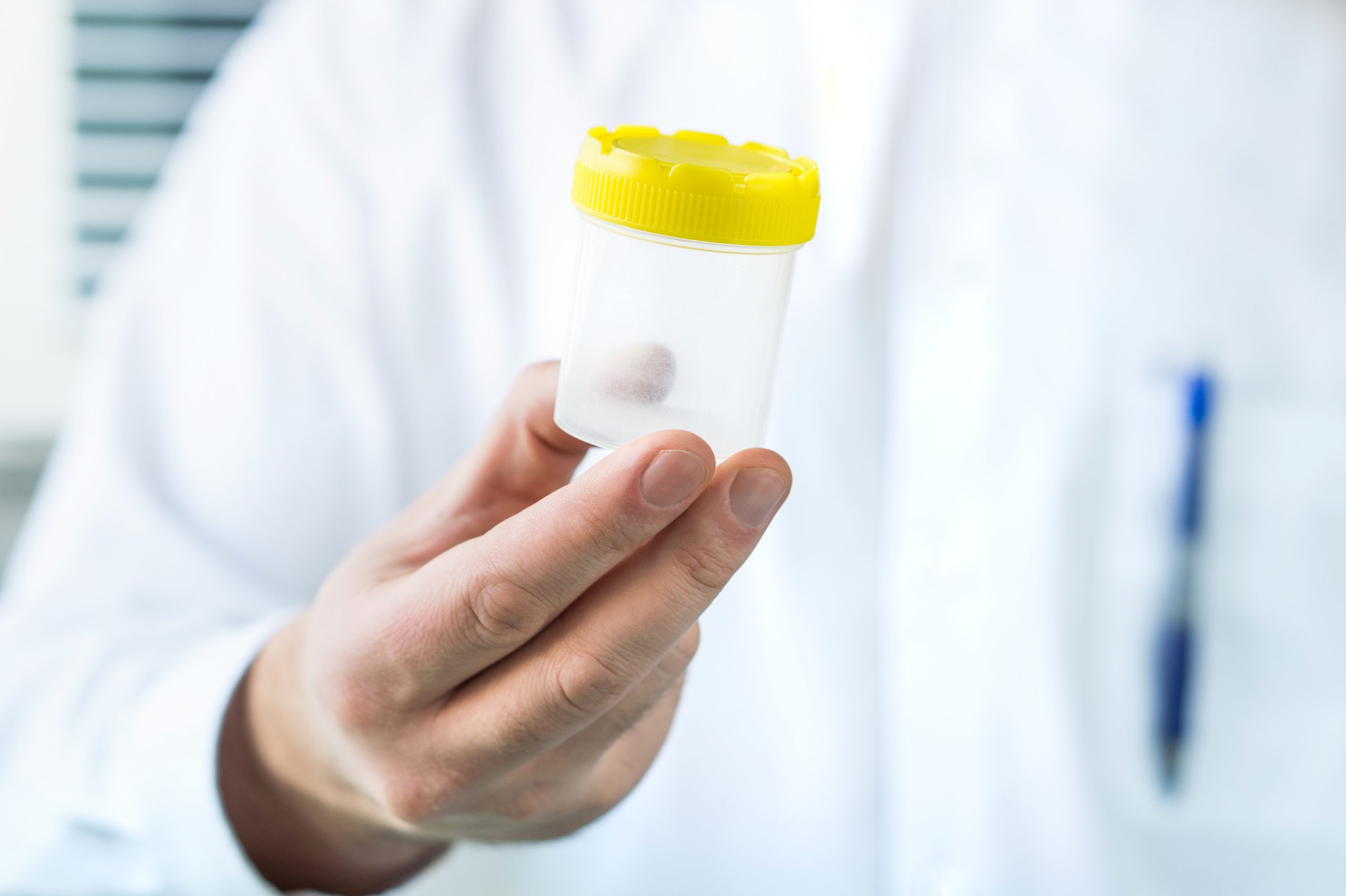

Articles
How To Store Sperm Sample After Vasectomy
Modified: January 5, 2024
Learn how to properly store a sperm sample after vasectomy with our informative articles. Get expert advice on preserving fertility and future options.
(Many of the links in this article redirect to a specific reviewed product. Your purchase of these products through affiliate links helps to generate commission for Storables.com, at no extra cost. Learn more)
Introduction
After undergoing a vasectomy, many men may still have a desire to have children in the future. While a vasectomy is a permanent form of contraception, advancements in medical technology have made it possible to store sperm samples for future use. This provides men with the flexibility and option to pursue fatherhood even after undergoing the procedure.
The process of storing sperm samples after a vasectomy involves collecting and preserving the sperm in a controlled environment. These samples are then stored in specialized facilities known as sperm banks or storage facilities. By storing sperm samples, men can maintain the possibility of fathering a child through various fertility procedures such as in vitro fertilization (IVF) or intrauterine insemination (IUI).
In this article, we will delve into the importance of storing sperm samples after a vasectomy and provide guidelines for effectively preserving and storing these samples. We will also discuss different storage options and provide tips for finding a reputable sperm bank or storage facility. So, if you have undergone a vasectomy but still hope to have children in the future, read on to learn more about how to store sperm samples after a vasectomy.
Key Takeaways:
- Storing sperm samples after a vasectomy offers men the flexibility to preserve their fertility, maintain their genetic legacy, and pursue parenthood in the future, providing peace of mind and control over reproductive choices.
- Proper preparation, choosing the right storage method, finding a reputable storage facility, and following storage guidelines are essential for maintaining the viability and quality of stored sperm samples, ensuring the potential for successful fertilization when the time is right.
Read more: How To Store Dna Samples
Importance of Storing Sperm Samples
The decision to undergo a vasectomy is often a personal and permanent choice for men who no longer wish to have children. However, life circumstances and personal preferences can change over time, and men who have undergone a vasectomy may later find themselves wanting to start or expand their family. This is where the importance of storing sperm samples after a vasectomy becomes evident.
Storing sperm samples provides men with the opportunity to preserve their fertility and maintain the option of having biological children in the future. Whether it’s due to the desire to have children with a new partner, the loss of a child, or simply a change of heart, having stored sperm samples can offer peace of mind and the chance to pursue fatherhood when and if the time is right. It gives men the freedom to make choices that align with their evolving goals and aspirations.
Moreover, storing sperm samples after a vasectomy can be a valuable insurance policy against unexpected medical conditions or procedures. In some cases, the vasectomy may need to be reversed due to complications or changes in life circumstances. By having stored sperm samples, men can bypass the need for a potentially complex and costly vasectomy reversal and instead opt for assisted reproductive techniques to achieve pregnancy.
Another significant aspect of storing sperm samples is the opportunity it provides for men to contribute to their family’s genetic legacy. Sperm contains unique genetic information that can be passed down through generations. Storing sperm allows men to preserve their biological material, ensuring that their genes can be passed on to future offspring, providing a sense of continuity and lineage.
Additionally, storing sperm samples can be a source of emotional support for individuals and couples. The knowledge that they have stored sperm samples can alleviate the stress and anxiety associated with infertility. It offers hope and the possibility of starting or expanding a family, even in the face of fertility challenges.
Overall, the importance of storing sperm samples after a vasectomy cannot be overstated. It provides men with the flexibility to pursue their desired family planning goals, preserves their fertility in the face of unexpected life changes, ensures the continuation of their genetic legacy, and offers emotional support during the journey towards parenthood. In the following sections, we will explore the steps involved in preparing for sperm sample collection, as well as discuss the various storage options available.
Preparing for Sperm Sample Collection
Before proceeding with the collection of sperm samples for storage, it is important to prepare both physically and mentally. Here are some key steps to consider when preparing for sperm sample collection:
- Consult with a healthcare professional: Schedule an appointment with a urologist or fertility specialist who can guide you through the process and answer any questions or concerns you may have. They will assess your overall health and discuss the necessary steps for sperm sample collection.
- Avoid ejaculation for several days: Prior to the sample collection, it is recommended to abstain from ejaculation for at least two to five days. This ensures that the sperm sample collected is of optimal quality and quantity.
- Consider lifestyle changes: Factors such as diet, exercise, and stress levels can impact sperm health. Making healthy lifestyle choices, such as eating a nutritious diet, exercising regularly, and managing stress, can help improve the quality of the sperm sample.
- Stay hydrated: Drinking an adequate amount of water in the days leading up to the sample collection can improve semen volume and make the process more comfortable.
- Collect the sample in a clean container: Follow the instructions provided by the healthcare professional or sperm bank on how to collect and store the sperm sample. Typically, a sterile container will be provided for the collection process. Ensure that the container is clean and free from any contaminants.
- Choose a private and comfortable environment: Find a quiet and private space where you can collect the sample without any interruptions or distractions. Being in a comfortable environment can help with relaxation and the ease of collection.
- Use appropriate techniques for collection: Techniques for sperm sample collection may vary depending on individual preference and the guidelines provided by the healthcare professional or sperm bank. Options may include masturbation, using a collection condom during intercourse, or using a specialized collection device.
- Keep the sample at body temperature: Following collection, it is important to keep the sample at body temperature. This can be achieved by placing the container against the inner thigh or placing it in a pocket close to the body. Avoid exposing the sample to extreme temperatures.
- Transport the sample to the designated facility: Once the sample has been collected, it needs to be transported to the designated storage facility as soon as possible. Follow the instructions provided by the healthcare professional or storage facility on the transportation process.
By taking these preparation steps, you can ensure that the sperm sample collected is of high quality and suitable for storage. It is important to discuss any specific guidelines or recommendations with your healthcare professional or the chosen sperm bank to ensure a smooth process.
Choosing a Storage Method
Choosing the right storage method for your sperm samples is crucial to ensure their long-term viability and accessibility. There are two primary storage methods to consider: refrigeration and freezing. Let’s explore each option to help you make an informed decision:
Refrigeration:
Refrigeration, also known as cold storage, involves storing sperm samples at temperatures slightly above freezing point, typically between 2-8 degrees Celsius (36-46 degrees Fahrenheit). This method allows for short-term storage, usually up to five days. Refrigeration is a suitable option for individuals who anticipate using their stored sperm samples for fertility treatments in the near future.
One advantage of refrigeration is that it maintains the vitality of the sperm with minimal damage. However, it is important to note that the longevity of sperm stored using this method is limited, and the samples may gradually lose their viability. Therefore, if long-term storage is desired, freezing becomes a more viable option.
Freezing:
Freezing, also known as cryopreservation, involves storing sperm samples at very low temperatures, typically -196 degrees Celsius (-321 degrees Fahrenheit) using liquid nitrogen. This method allows for long-term storage, with samples remaining viable and capable of fertilization for many years. Freezing provides the flexibility of storing sperm samples for an extended period, making it suitable for individuals who want to preserve their fertility options over a longer timeframe.
Freezing sperm samples requires special procedures to protect the delicate cells. The sperm samples are mixed with a cryoprotectant solution to minimize damage from ice crystal formation during the freezing and thawing process. This process helps maintain the viability and integrity of the stored sperm samples.
When considering freezing as a storage method, it is essential to choose a reputable sperm bank or storage facility that specializes in cryopreservation. These facilities have the expertise, equipment, and infrastructure to ensure the proper freezing and safekeeping of sperm samples.
It is worth noting that once sperm samples are frozen, they can be stored for an extended period, typically for several decades. This allows individuals to have more flexibility in planning their future family without the concerns of sperm quality deterioration over time.
Ultimately, the choice between refrigeration and freezing depends on your specific goals and timeline. Consulting with a healthcare professional or fertility specialist can help you determine the most suitable storage method based on your preferences and circumstances.
In the next section, we will discuss how to find a reputable sperm bank or storage facility for your stored sperm samples.
Refrigeration as a Storage Option
Refrigeration is a popular method for storing sperm samples, especially when short-term storage is desired. It involves storing the samples at temperatures slightly above freezing, typically between 2-8 degrees Celsius (36-46 degrees Fahrenheit). This controlled low-temperature environment helps to maintain the viability of the sperm while minimizing damage.
When considering refrigeration as a storage option, there are several key factors to keep in mind:
Short-Term Storage:
Refrigeration is suitable for individuals who anticipate using their stored sperm samples within a relatively short period, usually up to five days. This method is commonly chosen when undergoing fertility treatments such as in vitro fertilization (IVF) or intrauterine insemination (IUI) in the near future. Refrigeration provides a convenient and accessible option for preserving sperm samples during these treatment cycles.
Sample Maintenance:
During refrigeration, it is important to ensure proper sample maintenance to optimize viability. This includes using a sterile container for storage, keeping the samples at a consistent and controlled temperature, and avoiding exposure to extreme temperatures. Additionally, it is recommended to periodically check the samples for any signs of deterioration and notify the storage facility of any concerns.
Sample Viability:
It is important to note that the longevity of sperm samples stored using refrigeration is limited compared to freezing. Over time, the sperm samples may gradually lose their viability and may not be suitable for successful fertilization. Therefore, if long-term storage is desired, freezing becomes a more viable option.
Choosing a Reputable Storage Facility:
When opting for refrigeration as a storage option, it is crucial to choose a reputable sperm bank or storage facility. Look for facilities that have experience in handling and storing sperm samples, maintain proper temperature controls, and follow strict quality assurance protocols. Additionally, consider factors such as security measures, access to the samples, and the facility’s track record in maintaining sample integrity.
Refrigeration offers a convenient and accessible storage option for individuals who require short-term storage of their sperm samples. It allows for flexibility during fertility treatment cycles, providing the opportunity for successful fertilization. However, it is important to carefully consider the limitations of refrigeration in terms of sample longevity and viability.
In the following section, we will discuss freezing as another storage option for preserving sperm samples over a longer period.
After a vasectomy, store sperm sample in a sterile container provided by the clinic. Keep it at body temperature and deliver it to the clinic within the specified time frame.
Read more: How To Store Urine Sample
Freezing as a Storage Option
Freezing, also known as cryopreservation, is a widely utilized storage method for sperm samples. It involves storing the samples at very low temperatures, typically -196 degrees Celsius (-321 degrees Fahrenheit), using liquid nitrogen. Freezing offers several advantages and is often chosen for long-term storage of sperm samples.
Here are some important considerations when considering freezing as a storage option:
Long-Term Viability:
One of the key benefits of freezing is the ability to preserve the viability of sperm samples for an extended period. When properly frozen, sperm samples can remain viable and capable of fertilization for many years. This makes freezing a suitable choice for individuals who wish to preserve their fertility options over a longer timeframe.
Flexibility in Family Planning:
Freezing sperm samples provides individuals with the flexibility to plan their family according to their own timeline and circumstances. Whether it’s due to personal or medical reasons, freezing allows for the preservation of sperm samples to be used in the future when the individual or couple is ready to pursue fertility treatments, such as in vitro fertilization (IVF) or intrauterine insemination (IUI).
Successful Thawing and Usage:
Thawing sperm samples can be a delicate process, as the samples need to be handled with care to maintain their integrity. It is crucial to choose a reputable sperm bank or storage facility that specializes in cryopreservation and has expertise in thawing techniques. This ensures that the samples are properly thawed and maintained for successful usage in fertility procedures.
Selection of a Reputable Sperm Bank:
When opting for freezing as a storage option, it is essential to choose a reputable sperm bank or storage facility. Look for facilities with dedicated cryogenic storage units, advanced freezing techniques, and strict quality control measures. Consider factors such as the facility’s track record in maintaining sample integrity, security protocols, and accessibility to the stored samples when making your decision.
Freezing is a reliable and effective method for long-term storage of sperm samples. It offers individuals the peace of mind and assurance that their sperm will remain viable and accessible when they are ready to pursue their family planning goals. By choosing a reputable sperm bank or storage facility, individuals can feel confident in the integrity and professionalism of the freezing process.
In the following section, we will discuss how to find a reputable sperm bank or storage facility for your stored sperm samples.
Finding a Sperm Bank or Storage Facility
When it comes to storing sperm samples, finding the right sperm bank or storage facility is crucial. Here are some important considerations to help you find a reputable and reliable facility:
Research and Recommendations:
Start by conducting thorough research on different sperm banks and storage facilities. Look for ones that have a solid reputation and positive reviews from previous clients. Seek recommendations from healthcare professionals, urologists, or fertility specialists who have experience in this field. Personal referrals from individuals who have used the services of a particular facility can be invaluable.
Specialization and Expertise:
Choose a facility that specializes in sperm storage and preservation. Look for facilities that have dedicated experience in freezing or refrigerating sperm samples and maintain the necessary infrastructure and equipment for proper storage. Specialized expertise ensures that your sperm samples are handled, stored, and thawed according to the highest standards.
Licensing and Accreditation:
Verify that the sperm bank or storage facility is licensed and accredited by the appropriate regulatory bodies. Certification from organizations such as the American Association of Tissue Banks (AATB) or the College of American Pathologists (CAP) is a strong indicator of their commitment to maintaining quality standards and compliance with industry guidelines.
Storage Facilities:
Assess the storage facilities of the sperm bank or facility. Look for state-of-the-art cryogenic storage units and stringent temperature monitoring systems to ensure the optimal preservation of your sperm samples. The facility should have backup systems in place to mitigate risks in case of power outages or equipment failures.
Security Measures:
Consider the security measures in place to protect your stored sperm samples. The facility should have robust security protocols to prevent unauthorized access and ensure the confidentiality and privacy of your samples. Ask about their policies on specimen access and any additional security features they provide.
Accessibility and Shipping Options:
Consider the convenience and accessibility of the facility. Depending on your needs, you may want to choose a facility that is geographically close to you. Alternatively, inquire about their shipping options if you prefer to store your sperm samples in a facility that is located at a distance.
Cost and Insurance:
Discuss the cost of sperm storage with the facility and ensure that you understand their pricing structure. Inquire about insurance options to protect your samples in the event of unforeseen circumstances such as equipment failures or natural disasters.
By conducting thorough research, seeking recommendations, and considering these factors, you can find a reputable sperm bank or storage facility that meets your needs and provides you with peace of mind regarding the safekeeping of your sperm samples.
In the final section, we will provide some tips for proper storage of sperm samples.
Tips for Proper Sperm Sample Storage
Proper storage of sperm samples is essential to maintain their viability and quality over time. Here are some important tips to ensure proper storage of your sperm samples:
1. Choose the Right Storage Method:
Select the appropriate storage method based on your needs and timeline. Consider factors such as short-term or long-term storage requirements, the flexibility of usage, and the viability of the samples. Consult with a healthcare professional or fertility specialist to determine the best storage method for your specific situation, whether it be refrigeration or freezing.
2. Select a Reputable Storage Facility:
Choose a reliable and accredited sperm bank or storage facility. Research their reputation, expertise, and track record in maintaining sample quality and integrity. Look for certifications and licenses from recognized industry organizations. This ensures that your sperm samples are stored in a facility that follows strict standards and protocols.
3. Follow Proper Sample Collection Techniques:
Adhere to the guidelines provided by your healthcare professional or storage facility for sample collection. Use sterile containers specifically designed for sperm collection. Avoid contamination by practicing proper hygiene and ensuring a clean environment during collection.
4. Maintain Consistent and Controlled Temperature:
Whether you choose refrigeration or freezing, maintaining a consistent and controlled temperature is crucial. Store refrigerated samples at temperatures between 2-8 degrees Celsius (36-46 degrees Fahrenheit). For frozen samples, ensure they are stored at ultralow temperatures, typically below -150 degrees Celsius (-238 degrees Fahrenheit). Regularly monitor and record the temperature to ensure it remains within the required range.
5. Minimize Exposure to Light and Oxygen:
Limit the exposure of sperm samples to light and oxygen, as these can potentially damage the sperm cells. Store refrigerated or frozen samples in opaque containers that protect them from light. Avoid opening the containers unnecessarily, as this can introduce oxygen and disrupt the storage environment.
6. Follow Storage Timeframes:
Adhere to the recommended storage timeframes provided by your healthcare professional or storage facility. Different storage methods have varying limitations on the viability and longevity of sperm samples. It is important to be aware of these timeframes to ensure the samples are used within the appropriate window for successful fertilization.
7. Periodically Check Sample Viability:
Regularly monitor and assess the viability of your stored sperm samples. Consult with your healthcare professional or storage facility for recommendations on how often to check the samples for quality and integrity. This allows you to address any concerns or issues promptly and make informed decisions regarding their usage.
8. Maintain Proper Documentation:
Keep careful records of your stored sperm samples, including the collection dates, storage method, and any other relevant information. This documentation helps in tracking the age of the samples and ensuring that they are used within their designated storage timeframes.
By following these tips, you can ensure proper storage of your sperm samples, maintaining their viability and quality for optimal usage when the time comes. Remember to consult with your healthcare professional or storage facility for specific guidelines and recommendations based on your unique circumstances.
With proper storage and preservation, you can have confidence in your stored sperm samples as you plan for your future family.
Conclusion
Storing sperm samples after a vasectomy provides men with the opportunity to preserve their fertility and maintain the option of fathering a child in the future. Whether it’s due to a change in life circumstances, a desire to have biological children with a new partner, or the need to bypass a vasectomy reversal, storing sperm samples offers flexibility and peace of mind.
Throughout this article, we explored the importance of storing sperm samples after a vasectomy, the steps involved in preparing for sample collection, and the different storage options available. We discussed the benefits of refrigeration for short-term storage, as well as the advantages of freezing for long-term preservation.
We also emphasized the significance of finding a reputable sperm bank or storage facility to ensure the safekeeping of sperm samples. Research, recommendations, specialization, licensing, security measures, and accessibility are all important factors to consider when making this decision.
To ensure the proper storage of sperm samples, we provided tips such as choosing the right storage method, following proper sample collection techniques, maintaining a consistent temperature, minimizing exposure to light and oxygen, and regularly monitoring sample viability. These practices help maintain the quality and integrity of stored sperm samples over time.
By taking the necessary steps to store sperm samples effectively, individuals have the opportunity to preserve their fertility, maintain their genetic legacy, and pursue their family planning goals when the time is right.
If you have undergone a vasectomy but still hope to have children in the future, consult with a healthcare professional or fertility specialist to discuss the options available to you. They can provide personalized guidance and assistance in choosing the most suitable storage method and finding a reputable sperm bank or storage facility.
Remember, the decision to store sperm samples is a deeply personal one. It offers individuals the chance to have control over their reproductive choices and the possibility of building or expanding their family in the future.
By understanding the importance of storing sperm samples after a vasectomy and following the proper storage guidelines, individuals can take proactive steps in preserving their fertility and embracing the potential for parenthood when the time is right.
Frequently Asked Questions about How To Store Sperm Sample After Vasectomy
Was this page helpful?
At Storables.com, we guarantee accurate and reliable information. Our content, validated by Expert Board Contributors, is crafted following stringent Editorial Policies. We're committed to providing you with well-researched, expert-backed insights for all your informational needs.
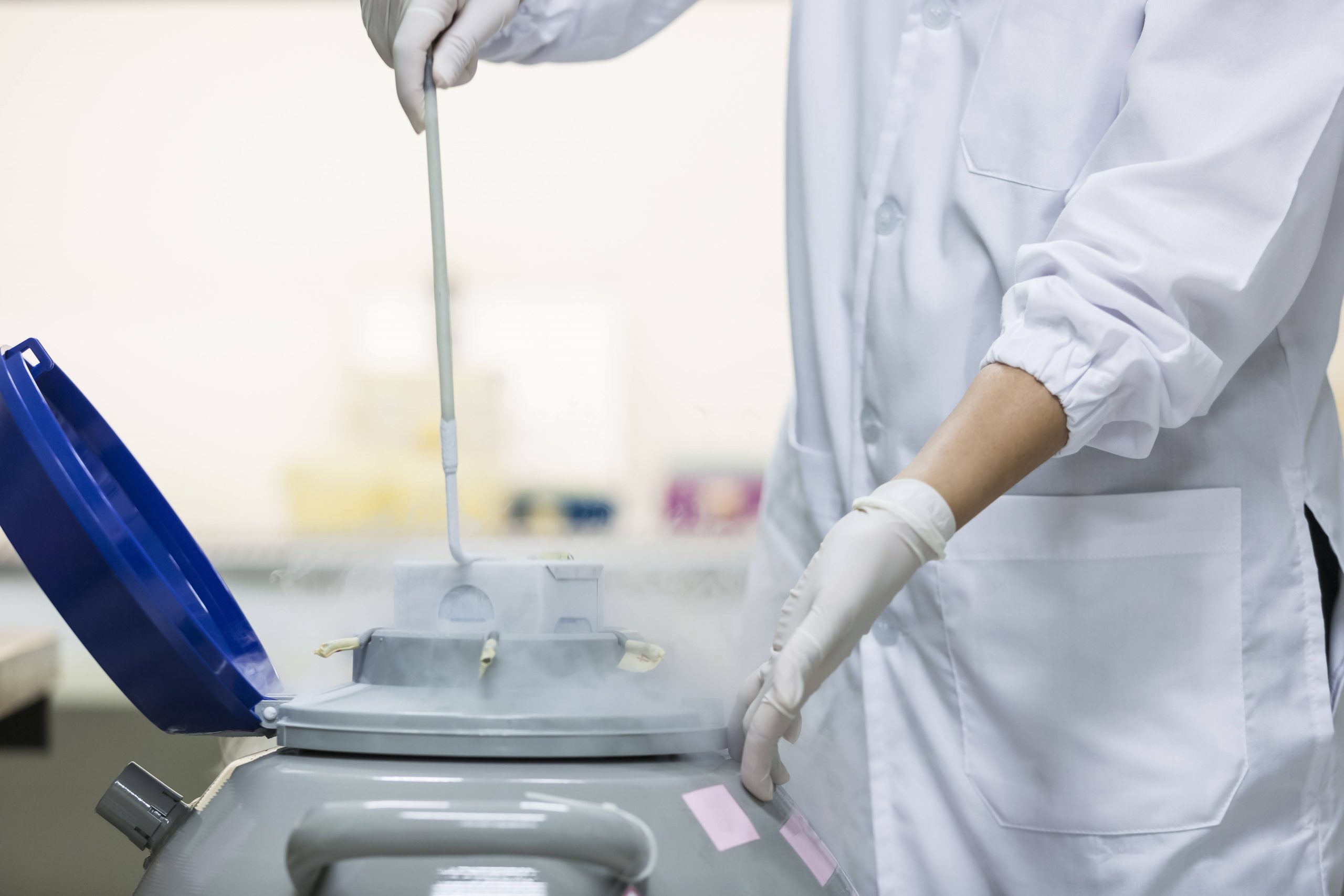
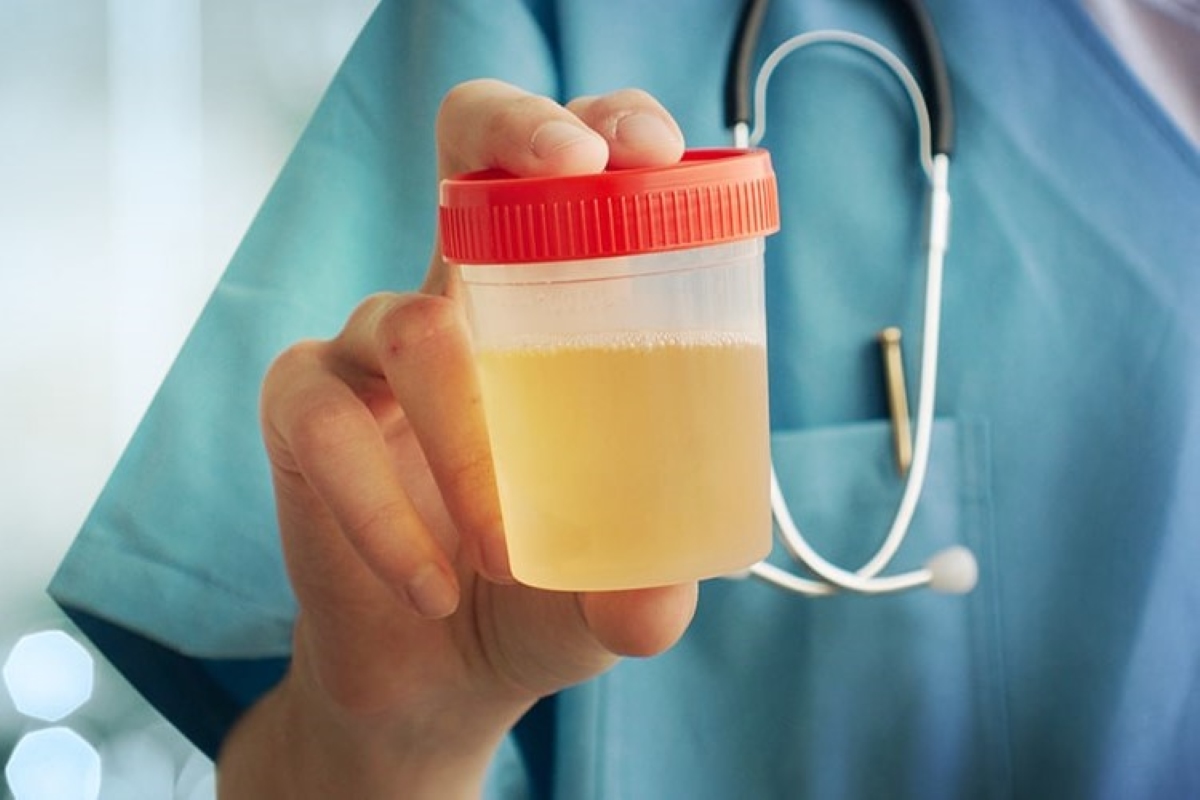

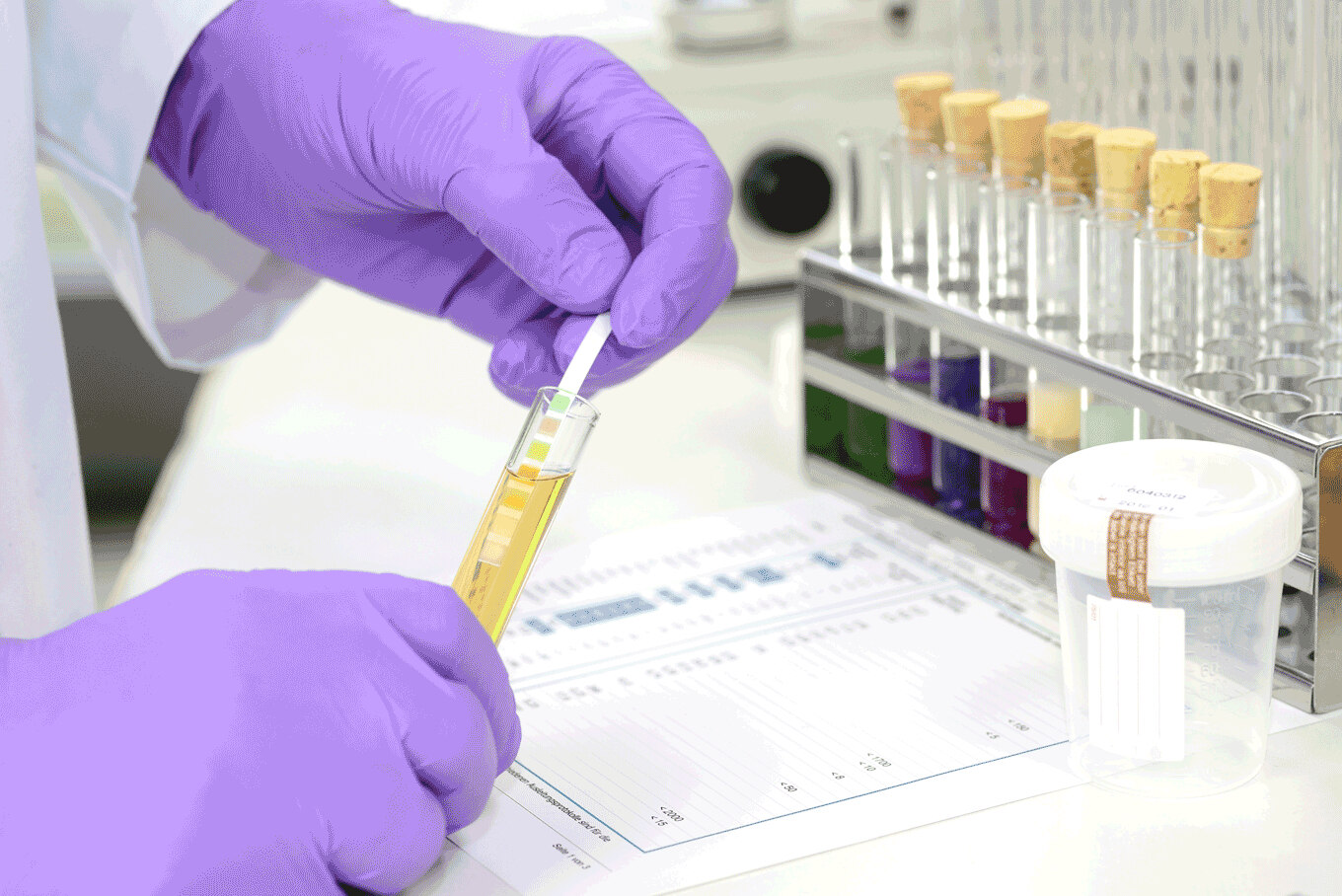
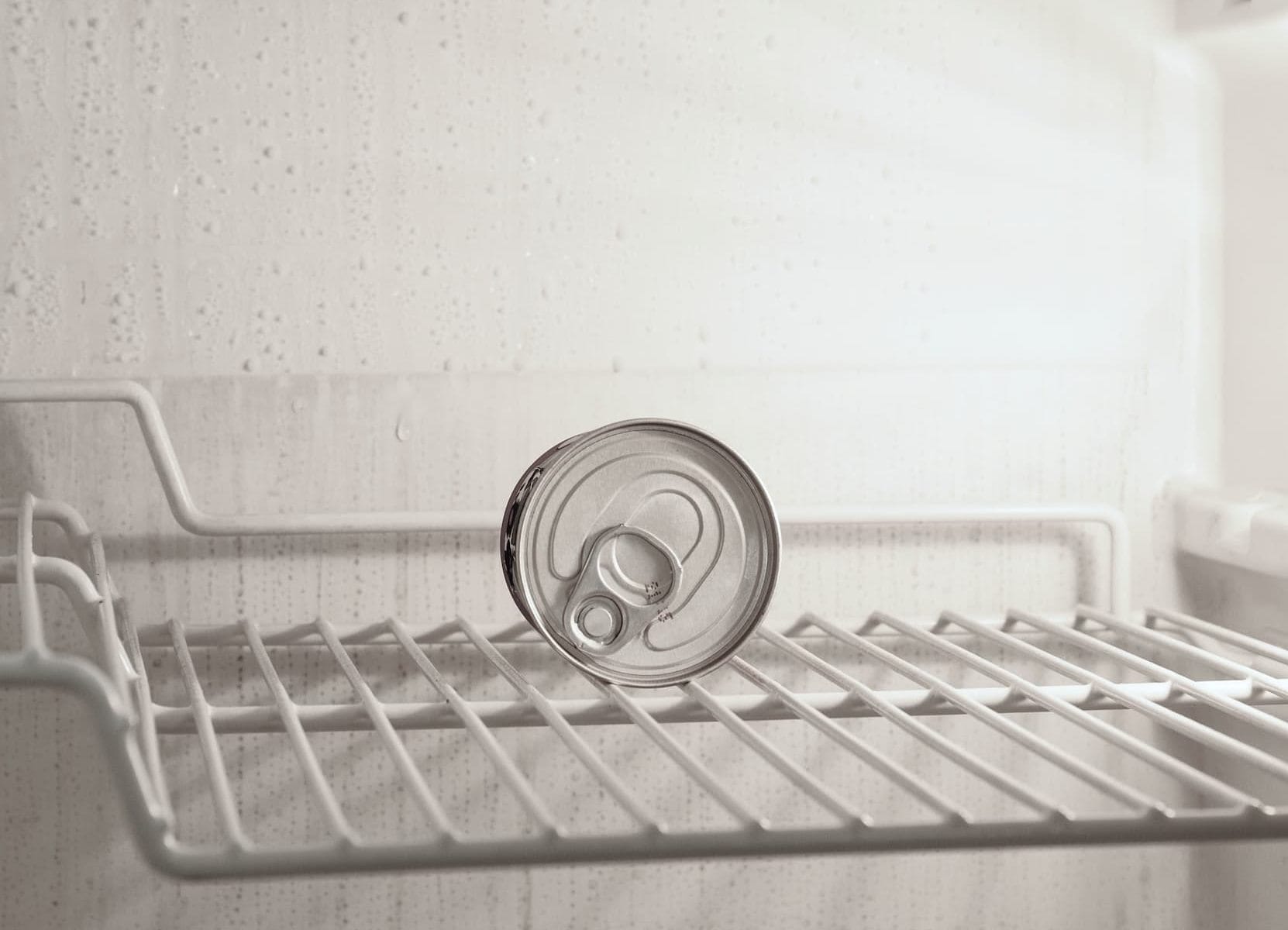

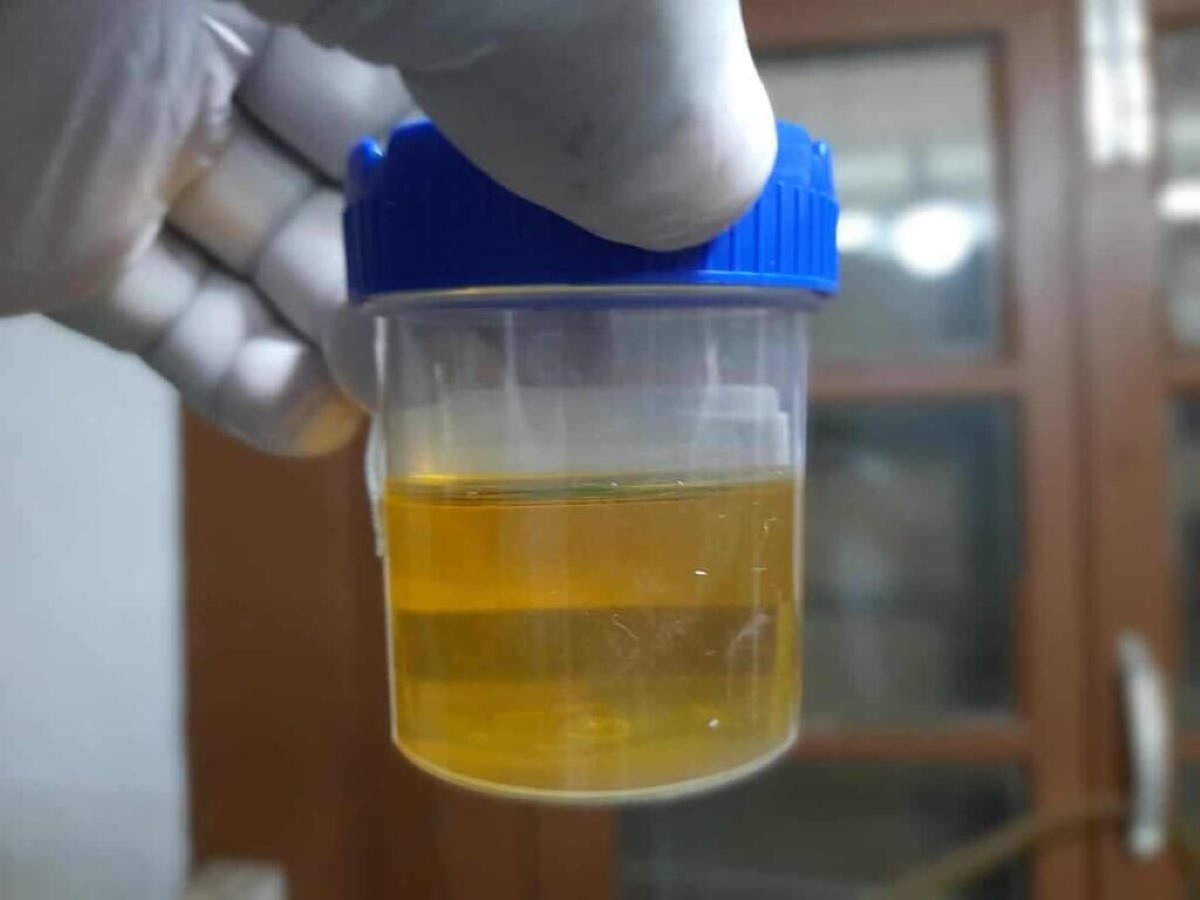
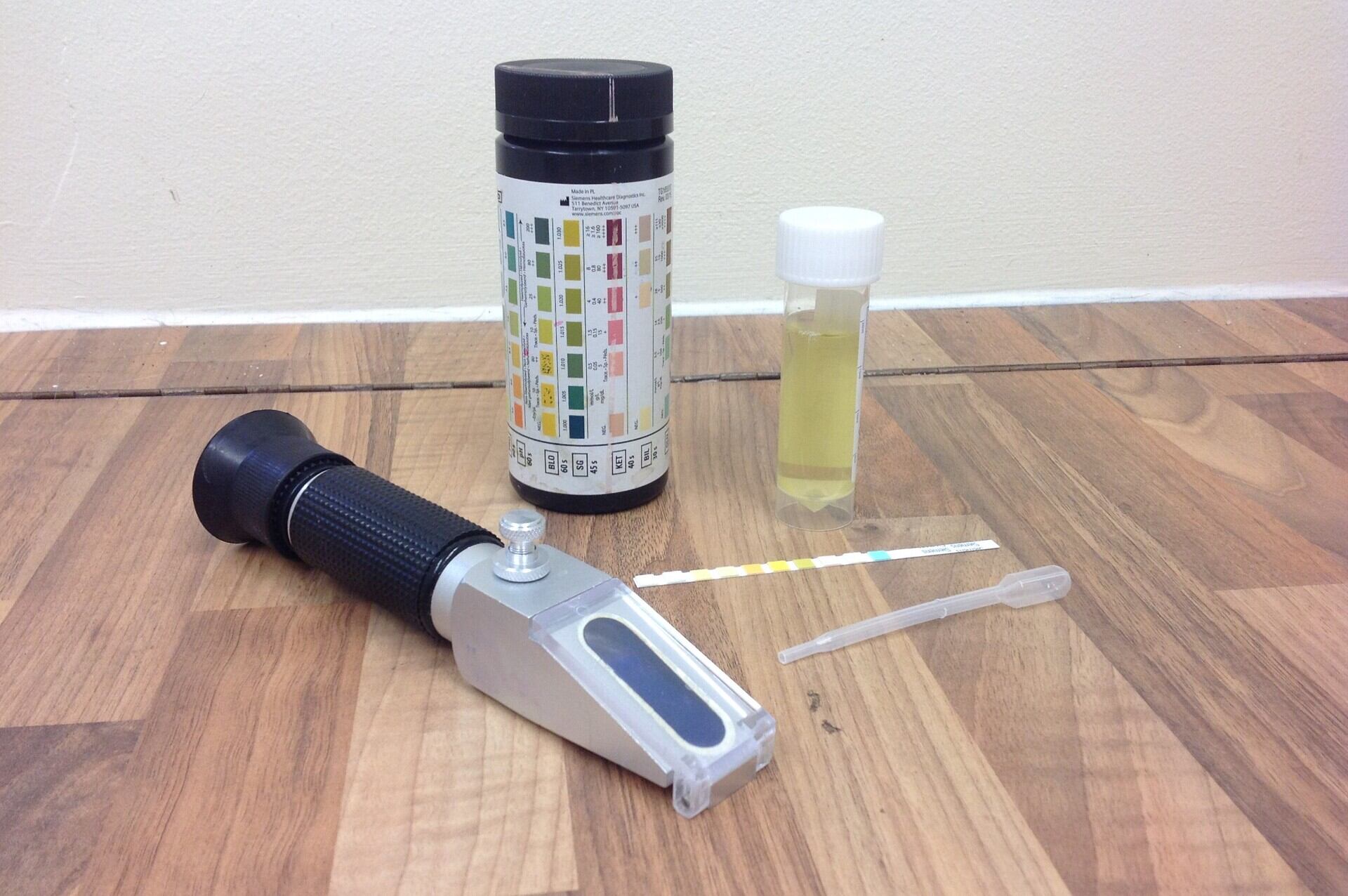
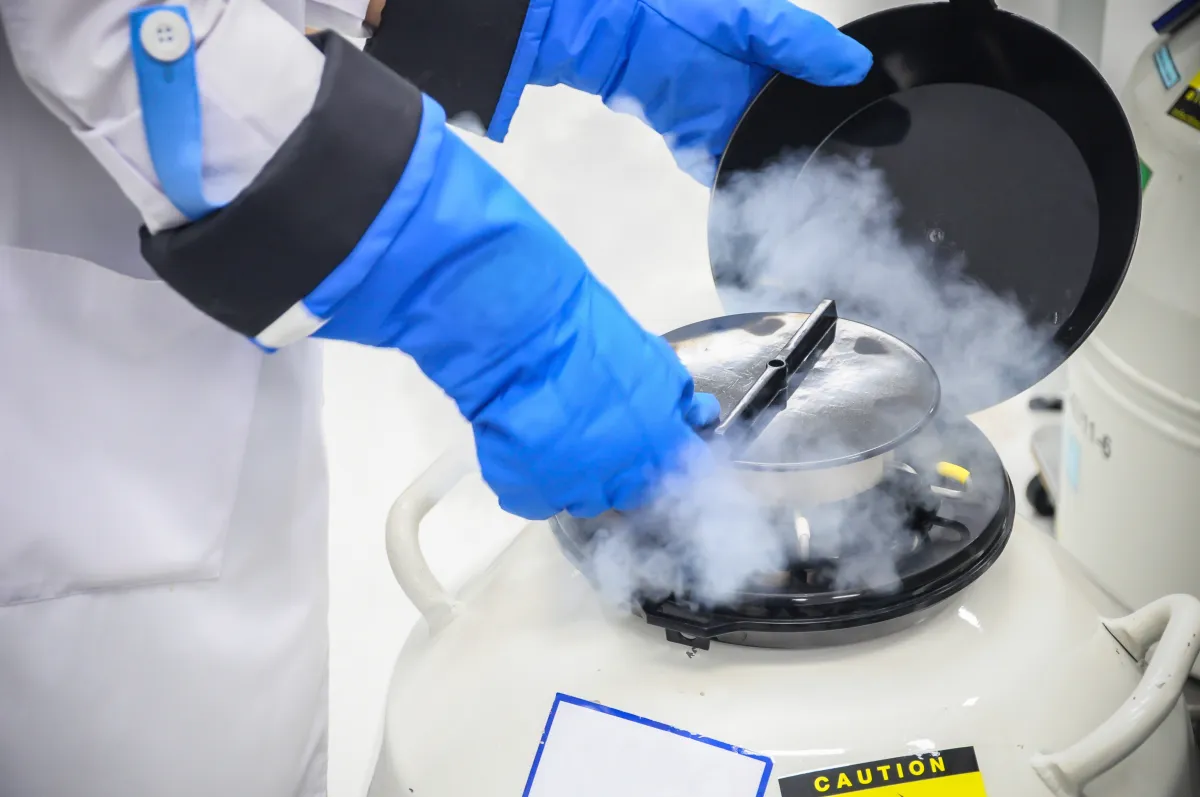
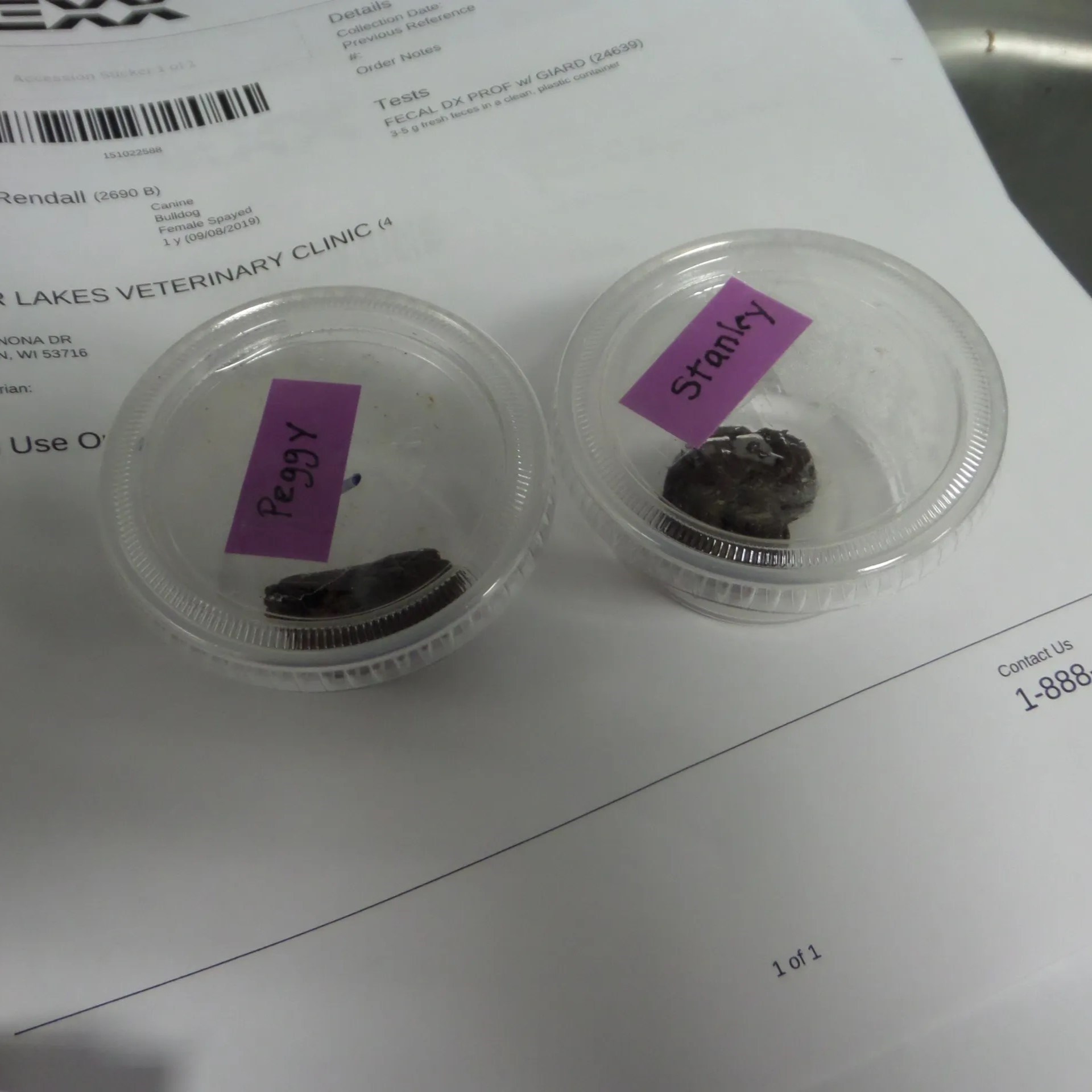


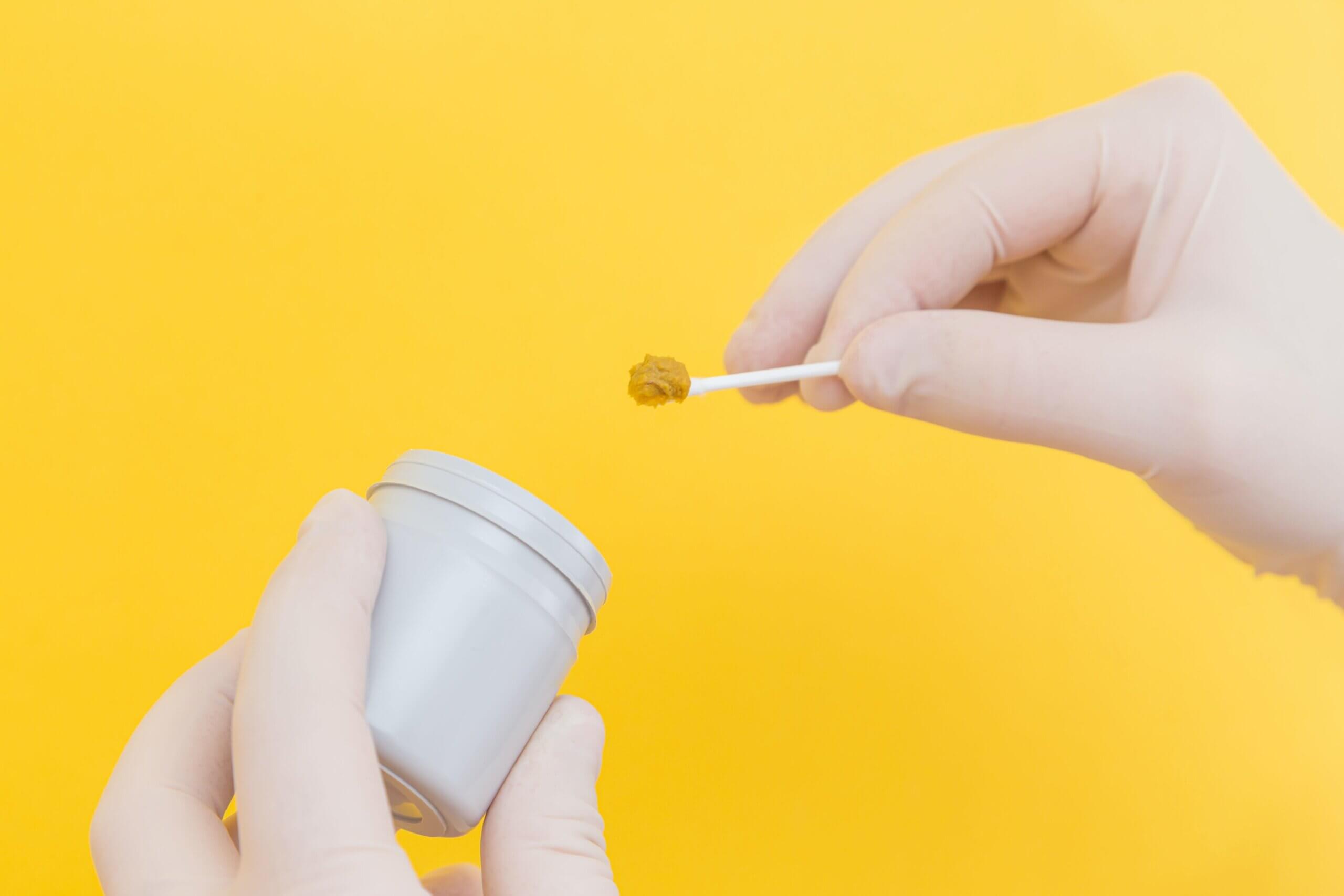


0 thoughts on “How To Store Sperm Sample After Vasectomy”